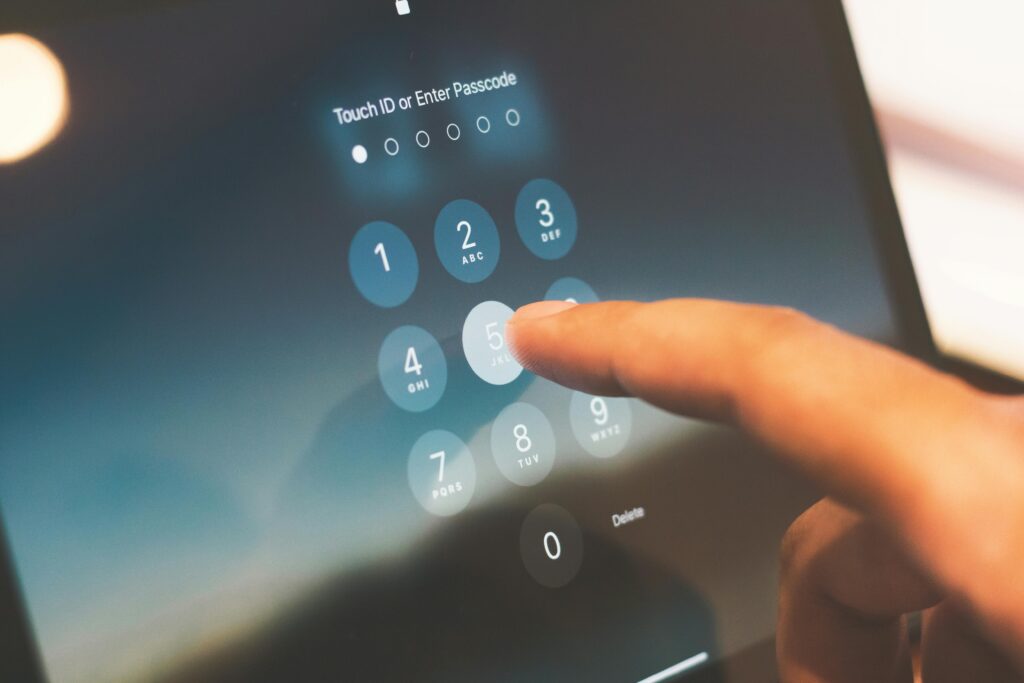Ever wondered why every app or website asks for your login? Or why you need a code sent to your phone? That’s authentication at work. It’s not just tech jargon it’s what keeps your online life safe.
In this blog, we’ll break it down in plain words:
- What authentication really means
- The different types of authentication
- Real examples
- Tools and software you can use
- How it connects to security
- And why it’s not the same as authorization
Let’s dive in.

What Is Authentication?
Authentication is the process of verifying who you are. That’s it. Just like showing an ID at an airport, websites and apps check if you are really you before letting you in.
It’s the gate that protects your personal data from strangers, bots, and hackers. Whether you’re checking your Gmail or logging into Netflix, you go through some form of authentication.
Why Is Authentication So Important?
Without authentication, anyone could access your account and misuse it. That means:
- Stealing your bank info
- Reading your emails
- Messing with your social media
- Or even pretending to be you
In simple terms: No authentication = No security.
That’s why even small blogs, eCommerce sites, and apps use it. It’s the first line of defense in digital security.
Types of Authentication (With Examples)
There are several types of authentication. Let’s go through them one by one.
1. Password-Based Authentication
Still the most common. You enter a username and password.
Example: Logging into Facebook or Instagram
Tip: Use tools like LastPass or Bitwarden to manage strong passwords.
2. Two-Factor Authentication (2FA)
You need a password and something else, like a code sent to your phone.
Example: Google Account 2FA via SMS or Google Authenticator
Tools that help:
3. Biometric Authentication
Uses your fingerprint, face, or even voice.
Example: Unlocking your phone with Face ID or fingerprint scan.
Biometrics are used in Apple devices, Samsung Galaxy, and banking apps.
4. Token-Based Authentication
You log in once and receive a token (digital key). This token is used to access other parts of the app.
Example: Using your Google account to sign in to other services like YouTube or Trello.
5. Single Sign-On (SSO)
Sign in once and access multiple tools.
Example: Logging in to Slack via Google or Microsoft 365.
Common in organizations using tools like Okta, OneLogin, or Auth0.

Authentication vs Authorization – Know the Difference
These two terms often confuse people, but they’re not the same.
| Term | What It Means | Example |
|---|---|---|
| Authentication | Are you really who you say you are? | Logging in with a password |
| Authorization | What are you allowed to do? | Can you edit or just view a file? |
Think of it like this:
Authentication is the key to enter a house,
Authorization is the permission to open rooms inside.
Real-Life Use Cases
Let’s look at how authentication shows up in your daily life:
- Banking: OTP on mobile for payments (Paytm, Google Pay)
- E-Commerce: Logging in to Amazon before buying
- Office Tools: Accessing your files on Google Drive or Microsoft Teams
- Streaming: Verifying your Netflix account on a new device
Top Tools for Authentication (Trusted Software)
These tools help developers and businesses set up secure login systems:
| Tool | What It Does | Link |
|---|---|---|
| Auth0 | Flexible authentication for apps | Cloud-based |
| Firebase Auth | Authentication for mobile/web apps | By Google |
| Okta | Identity & access management | Great for businesses |
| Microsoft Azure AD | SSO & directory services | Enterprise-grade |
| Duo Security | 2FA for businesses | Simple, secure |

Best Practices for Secure Authentication
You can protect your accounts by following a few simple steps:
- Use strong passwords (at least 12 characters)
- Turn on 2FA everywhere you can
- Don’t reuse passwords across websites
- Use password managers like Dashlane or 1Password
- Avoid clicking login links from unknown emails
- Regularly check login activity in your account settings
Final Thoughts: Stay Safe, Stay Logged In the Right Way
Authentication is not just for techies. It’s for everyone who uses the internet. From your phone to your fridge (yes, smart fridges too), authentication protects your identity, money, and data.
At Beemytech, we believe tech should be simple and secure. Now that you know what authentication is, you’re better prepared to spot risks, stay safe, and make smarter choices online.



